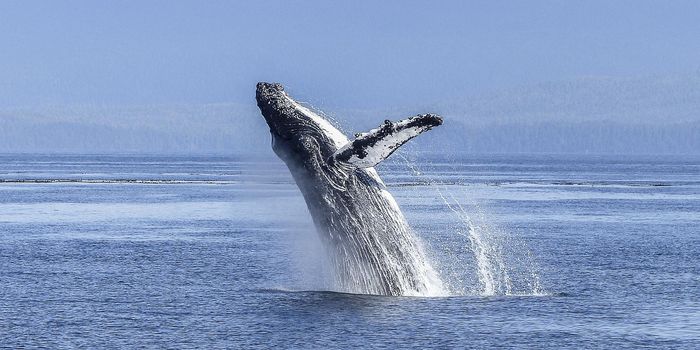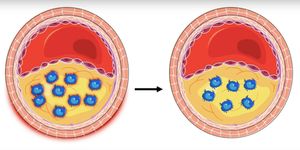New role of the asthenosphere discovered underneath the Caribbean
New research from the University of Houston reevaluates the role of the asthenosphere in tectonic plate movement. According to the new study published in Nature Communications by scientists from the UH College of Natural Sciences and Mathematics, the asthenosphere, the layer of the upper mantle beneath the lithosphere that is found approximately 80 to 200 kilometers below the surface, may be driving plate movement. Previous understanding of the role of the asthenosphere had merely labeled the layer as a “passive lubricant” for plates.
However, that label underestimates the active role the asthenosphere plays, explain that scientists. Study co-author Lorenzo Colli, who is an assistant professor of geophysics, geodynamics, and mantle structure in the Department of Earth and Atmospheric Sciences, comments: "Without the extra support generated by this flow in the asthenosphere, portions of Central America would still be below sea level. The Atlantic and the Pacific Oceans would be connected without a need for the Panama Canal."
The study authors came to this conclusion based on observations from mantle tomography images whereby they detected small shifts in the gravitational pull of the asthenosphere under the Caribbean. They note the presence of a “river of rocks,” which they say began its flow 8 million years ago as the Central American passageway formed from the Pacific Ocean to the Lesser Antilles.
This hot river is moving a whopping six inches annually, which, although it may not sound like much, is triple the speed of most tectonic plates. That means that the asthenosphere not only is moving separately from the plates but that its movement could be driving the directional movement of the plates themselves.
This finding is a completely new way of thinking about geodynamics, say the team. Jonny Wu, study co-author and assistant professor of structural geology, tectonics, and mantle structure, states: "This challenges the top-down notion that subduction is always the driver. Think of the plates moving like an air hockey puck and being lubricated from below. Instead, what we found is the air hockey table is imposing its own currents on the puck that's moving around, creating a bottom-up movement that has not been well recognized, and that's being quantified here." The implications of this paradigm shift, say the authors, could be huge for our understanding of the evolution of the Earth’s structures.
Sources: Nature Communications, Science Daily








